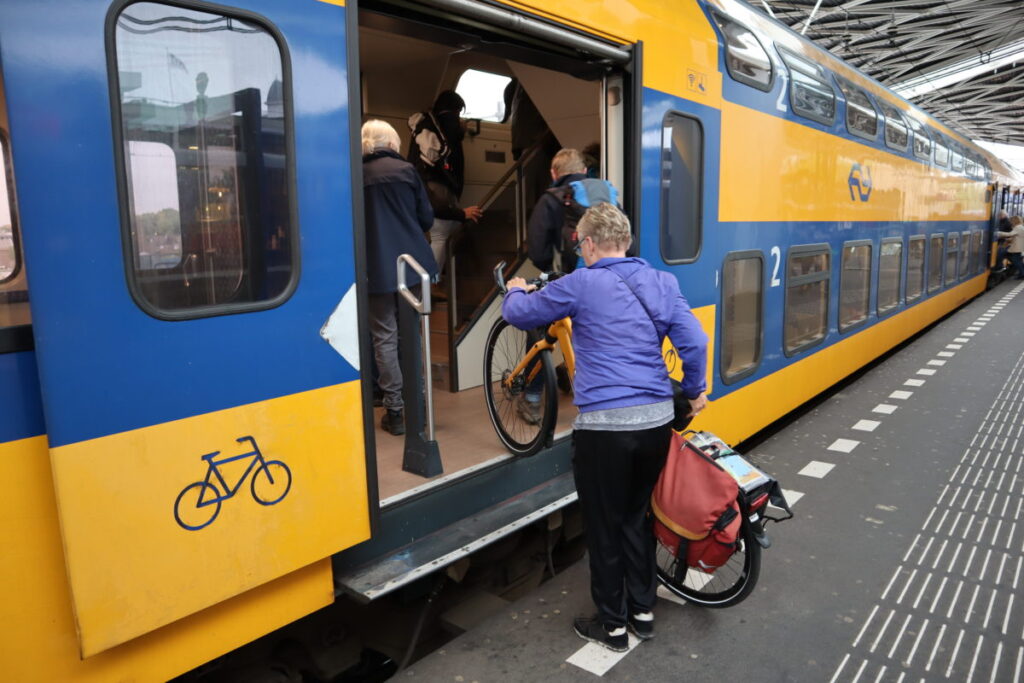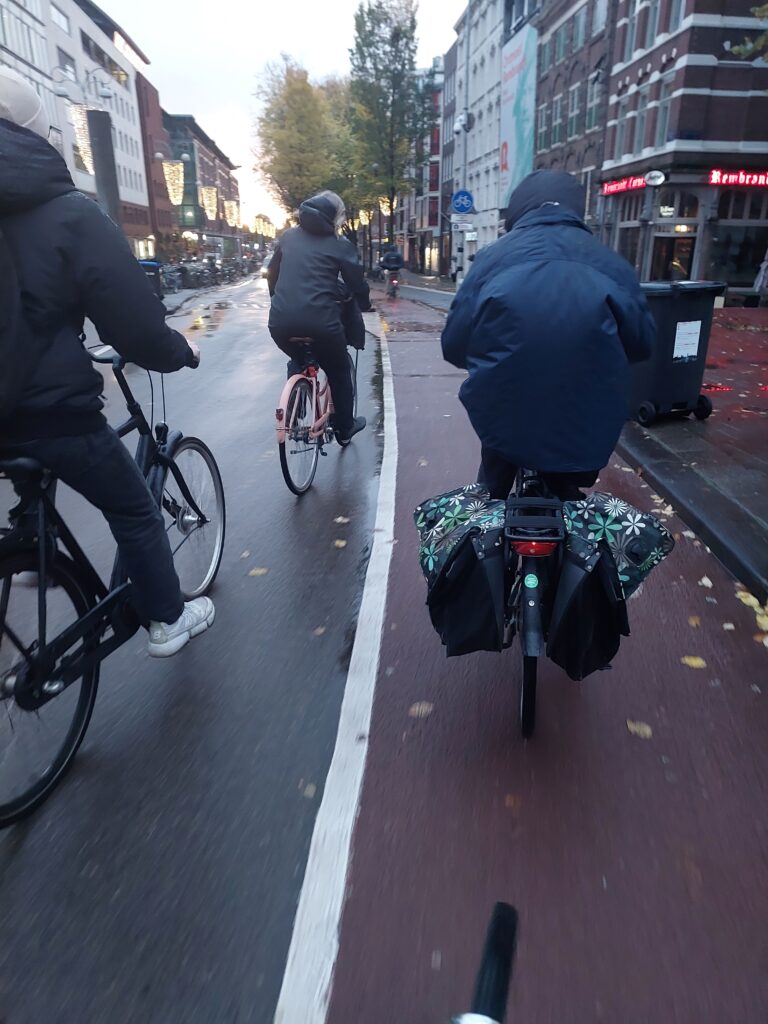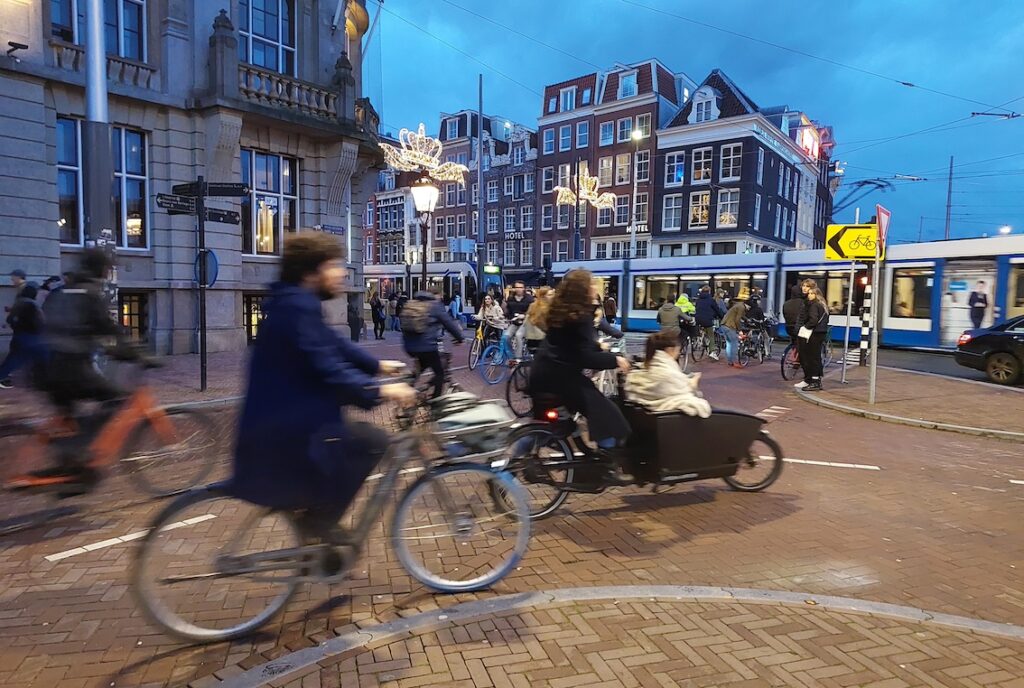Przemek (Janusz) Żebrowski | Strona główna
Entrepreneur and investor.
Co-founded Polish leading digital marketing group K2.
Founder of Werksztat (co-working space in Warszawa) and Antymateria (maker of custom commuter bicycles). Actively promotes bicycles as means of transport for healthier and greener cities.
Bicycles have not played an important role in transportation in the city I grew up (Warsaw, Poland). The question that has been puzzling me for years was: how did we end up being so much dependent on privately owned cars. It seems that what led to that situation is a quite complex array of causes. The main reasons are partly historical and partly economical.
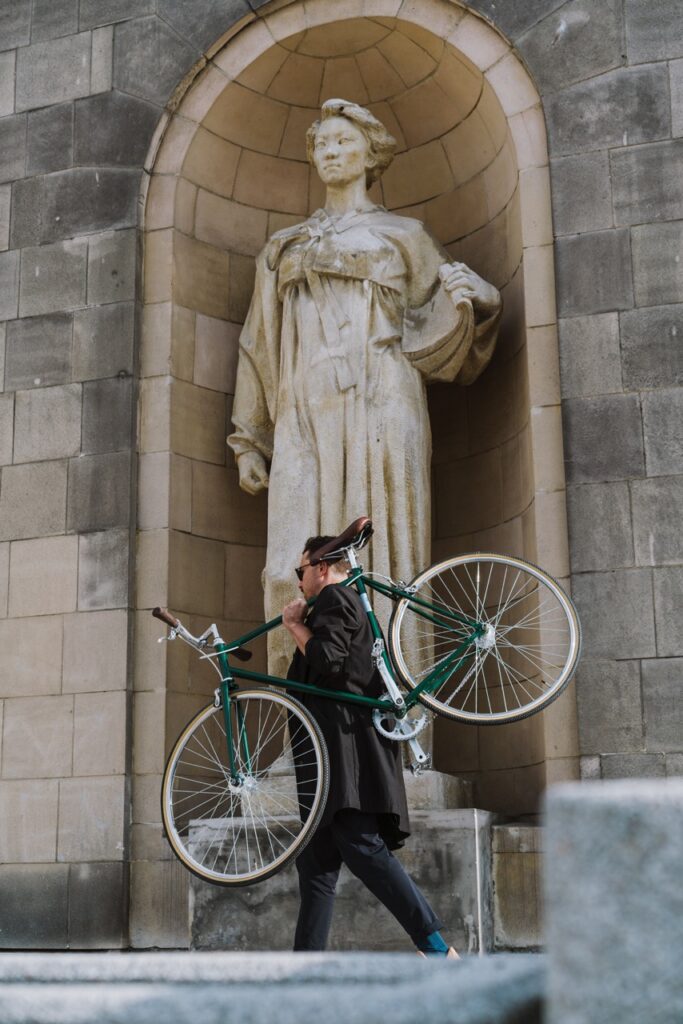
When the idea of bicycle, in a form as we know it today, was born, Warsaw was just one of the cities in Tsar’s Russia. Poland did not re-emerge on the map of Europe until the end of the World War I. The challenges of uniting the country (other parts were swallowed by Germany and Austro-Hungary in the past) and re-building its economy resulted in the level of industrialization that was far below other, more developed countries like The Netherlands or Germany. It is estimated that little over 20 thousand bicycles were manufactured in the year 1935 (and close to 100.000 bike frames). And these are the numbers for the country of over 30m inhabitants around that time. Not only were there just too few bicycles being made. Significant part of production was used for military purposes.
Cities were too far behind in their development when compared to wealthier parts of Europe. Only approximately 30% of Poles lived in metropolitan areas just before the outbreak of the Second World War. All this resulted in the limited bicycle usage in Warsaw and for that matter in other larger cities in Poland. People would mostly walk or use public transport. Only the wealthy elite could afford to own car.
It’s hard to understand why the communist regime that governed the country from 1945 to 1989 did not actively promote bicycle transportation. Rapid industrialization led i.a. to the mass production of bicycles. In the 70’s yearly production reached the level of over 1 million bicycles. Interestingly though, bicycles were still mainly perceived as a mean of transportation in the rural areas and/or sporting/recreational equipment. This related to the lack of visualization towards the development of cycling infrastructure. Until the 90’s there were practically no investments in the bicycle road infrastructure.
This short wrap-up of our recent history helps to understand why the national habitus was born in Poland in a quite a different way than in The Netherlands [1] There were much more ideology in play that was imposed on the society that was lacking most obvious freedoms. That steered many results with one that makes building up an intelligent common approach to e.g. cycling very difficult. We rank in Europe as one of the countries with the lowest levels of trust. Not only to each other but especially to institutions.
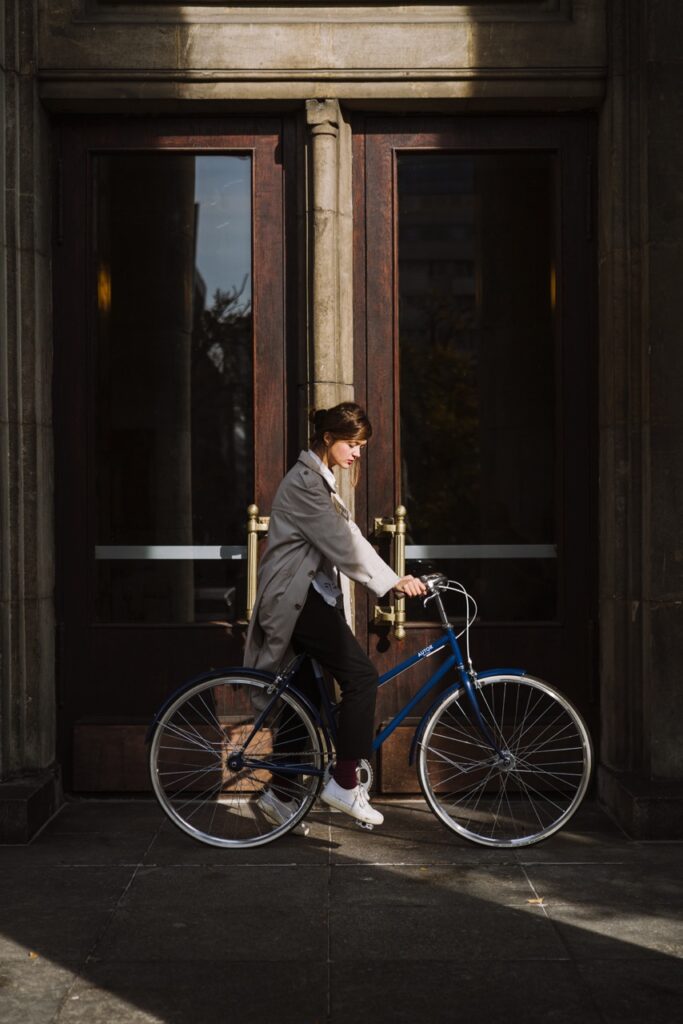
There would be a rather long list of explanations for which biking is still not very common for everyday commuting. But in reality it boils down to two major issues: one being “soft” (culture/history) and the other one “hard” (lack of sufficient infrastructure, urban planning and etc.). All major cities in Poland have dramatically improved their networks of bicycle lanes and paths. This has translated into some increase in bicycle use although we are still falling behind on that matter when compared to e.g. cities in Germany, not to mention Amsterdam or Copenhagen. What we are mostly lacking is the coherent strategy that would take into account all modes of transportation.
The other problematic area is the regulation of land use. Building bike paths is politically and financially challenging. But it’s still relatively easy when compared with tackling transportation and land use policies. As John Pucher and Ralph Buehler state in their article[2]: “As far as transit environments are concerned, substantial investment in upgrading and expanding train (for example, the new tangential links) and metro infrastructure (particularly the Ring Line) are important transport-policy elements. Their impact has been positively reinforced by a land-use policy seeking the concentration of large-scale offices and regional facilities around public transportation nodes.” I believe this is an area where city officials did not make a great job throughout the country. It seems as there is no stopping in the continuing process of urban sprawl. On the other hand some new office building are being located not necessarily allowing easy access for those using public transport and/or bicycles.
There is a growing number of bike-parking areas in cities in Poland. What we are missing again though is a well thought-over system of bicycle parking places integrated with other modes of public transport (e.g. railways). This could potentially have a very positive impact on the way people commute in Poland[3].
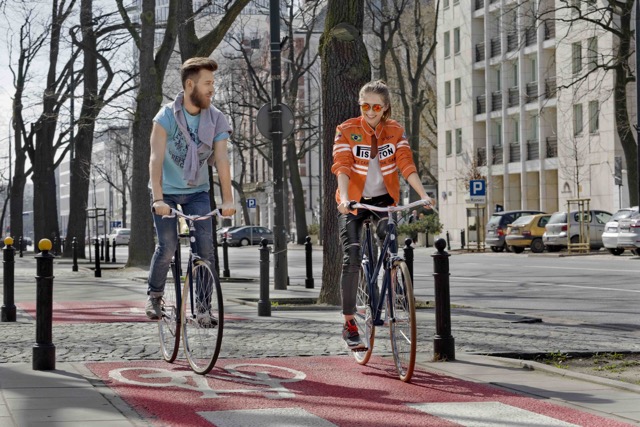
It’s clear however that the improved infrastructure is necessary but not sufficient to achieve meaningful change. I like to think that any real transformation can come only from combining economic stimulation and the change in people’s beliefs and values. The examples of Germany, Denmark and some other European countries prove that it is possible to change people’s behavior through better education, where fiscal policies can reinforce the positive social effect[4].
SOURCES:
- [1] The rise and decline of national habitus: Dutch cycling culture and the shaping of national similarity by Kuipers, G. (2012).
- [2] Making Cycling Irresistible: Lessons from The Netherlands, Denmark and Germany
- JOHN PUCHER and RALPH BUEHLER Bloustein School of Planning and Public Policy, Rutgers University, New Brunswick, New Jersey USA Taylor and FrancisTTRV_A_280715.sgm
- [3] 007: Synergies from Improved Cycling-Transit Integration: Towards an integrated urban mobility system
- [4] Oldenziel, Ruth, and Adri A. de la Bruhèze. “Contested Spaces: Bicycle Lanes in Urban Europe, 1900–1995.” Transfers 1, no. 2 (2011): 31–49

